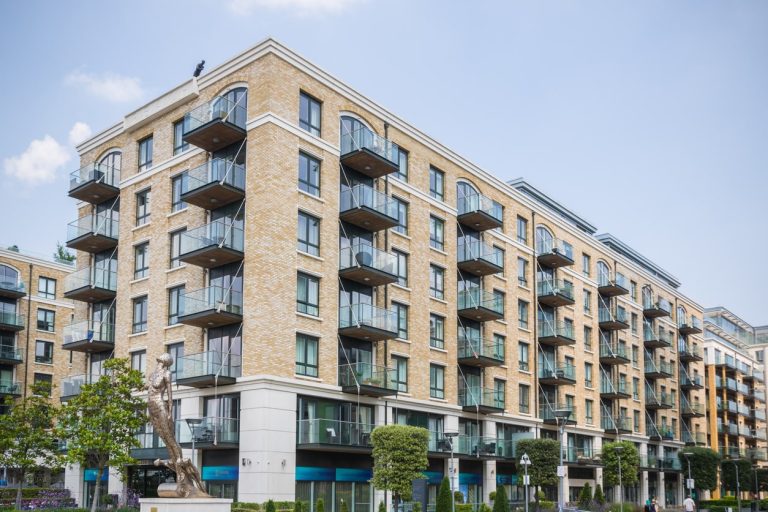At Payte Architects London, we guide clients through the demanding process of the Building Safety Regulator (BSR). If you are planning works in a High-Risk Building (HRB), appointing a Principal Designer is not just best practice — it is a legal requirement.
And it’s not paperwork. As Principal Designer, I put my name to the compliance pack — which means I am legally accountable for the safety and compliance of your design. Many firms won’t take that responsibility. We do.
For a wider overview of how we support owners and developers, visit our Higher-Risk Building Expert London page.
What We Do as Principal Designer
When Payte Architects is appointed, we take ownership from day one:
Coordinating specialist consultants – fire engineers, structural engineers, acoustic consultants, asbestos surveyors, and M&E engineers.
• Checking competence and insurance – making sure every consultant on your project meets the BSR’s strict requirements.
• Preparing the compliance pack – detailed drawings, specifications, and safety justifications, compiled into one submission.
• Signing off legally – the final submission carries my name and accountability; it cannot be passed off to junior staff.
For more detail on this service, see our Principal Designer page.
Who Holds the Legal Liability?
We are often asked: “If something goes wrong, is it me or the Principal Designer in the firing line?”
The truth is: both.
• The Client (property owner or developer) must appoint a competent Principal Designer. If they don’t, they can be held directly liable by the BSR.
• The Principal Designer is accountable for ensuring that the design complies with building regulations and safety standards.
In other words: if you cut corners in your appointment, you’re exposed. If we sign off incorrectly, we’re exposed. At Payte Architects London, we carry that responsibility with open eyes — managing liability so our clients aren’t left unprotected.
What Happens If You Don’t Comply?
We’ve seen projects stalled for months, insurance disputes opened, and buyers pull out of sales because duty holders ignored the BSR. The regulator has serious teeth:
• Stop Notices – halting works immediately.
• Compliance Notices – forcing corrective action within strict deadlines.
• Unlimited fines or prosecution – including potential imprisonment in severe cases.
• Civil claims – leaseholders, residents, or insurers pursuing owners for unsafe works.
Non-compliance isn’t just a headache — it can devalue a property and leave owners in ongoing legal disputes.
Why Payte Architects is the Safe Choice
Choosing Payte means choosing a firm that doesn’t shy away from accountability. We provide:
• Direct legal sign-off — not outsourced, not delegated.
• Experience with London’s most complex HRB projects — from Marylebone to Knightsbridge.
• Joined-up consultant coordination — fire, structural, M&E, all under one roof.
• Peace of mind — knowing liability is managed by professionals who understand the law.
To see how structural expertise fits into compliance, read our guide on Structural Engineers for BSR applications.
Curious how this works in practice? Explore our case study on Licence to Alter in a retail HRB.
Why This Matters
The BSR framework protects residents and owners — but it also raises the stakes. Without the right oversight, you risk delays, fines, invalidated insurance, or worse.
At Payte Architects London, we treat every BSR application like preparing a legal case. We coordinate the consultants, gather the evidence, and provide the legal sign-off.
If you want certainty, compliance, and accountability, Payte Architects is the firm to appoint.
Call us today to arrange a 20-minute review of your BSR exposure — we’ll show you where the risks lie and what a compliant submission will cost: contact the architect London depends on.



